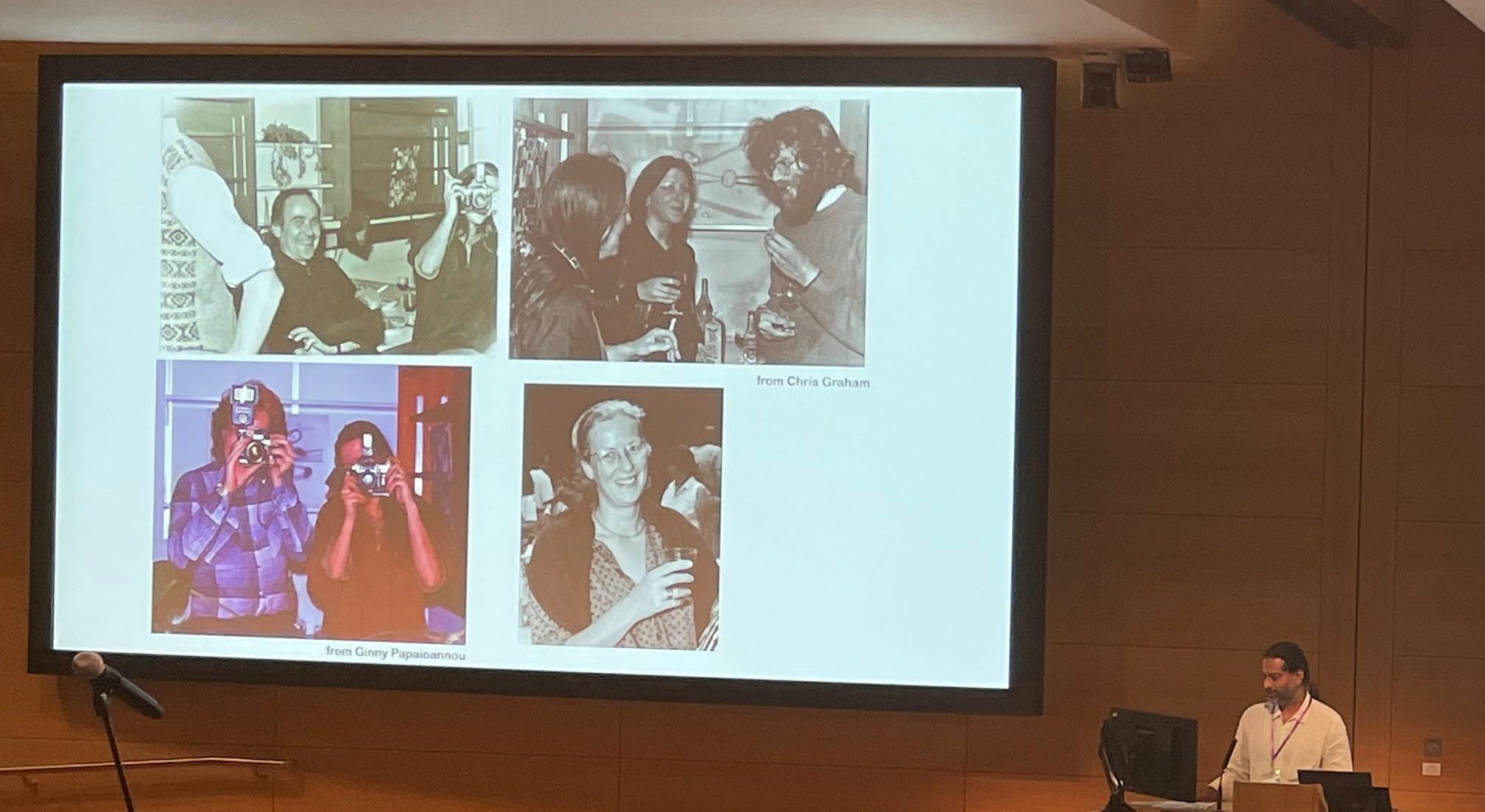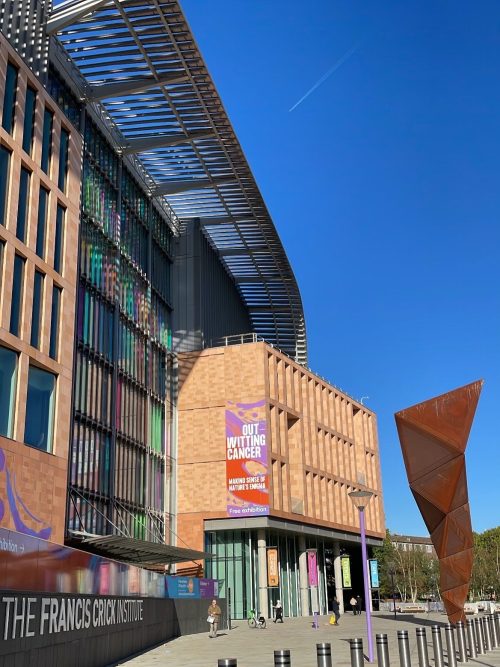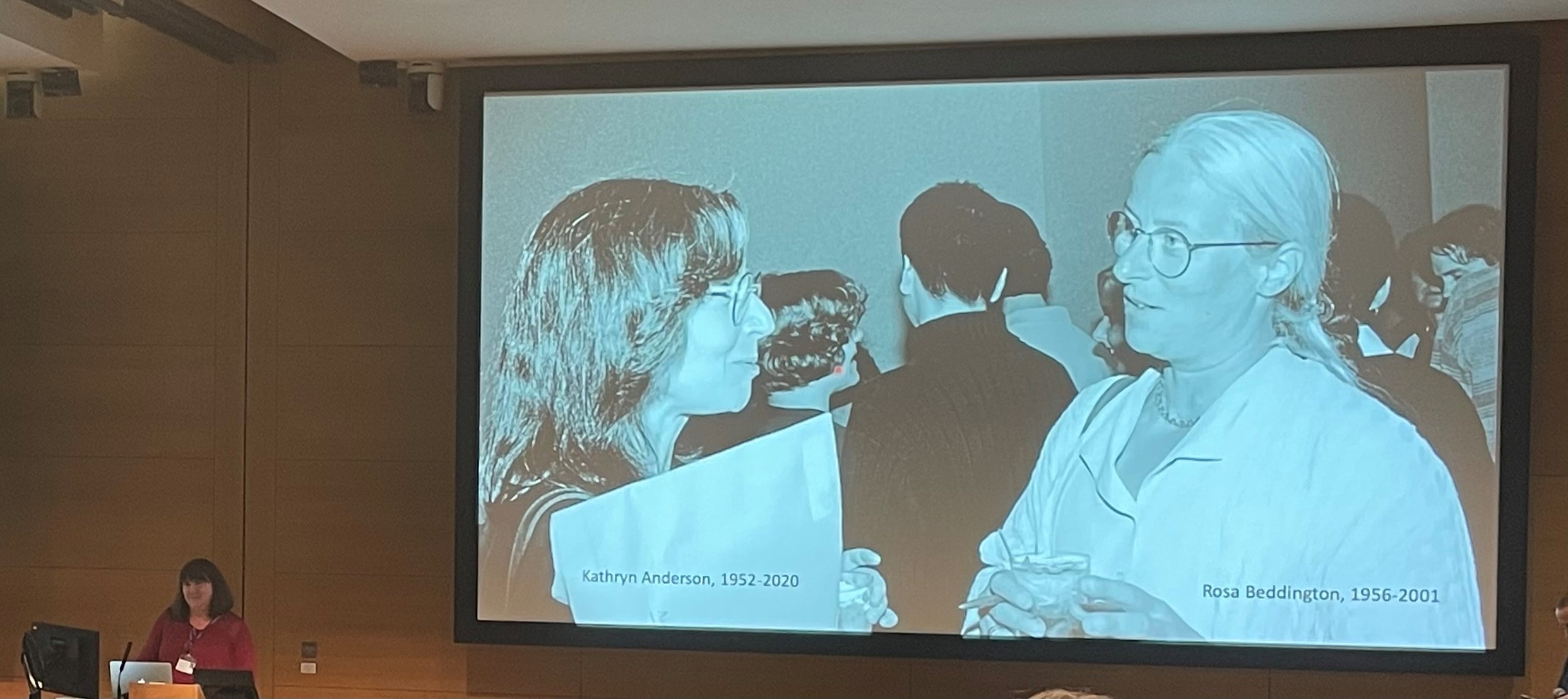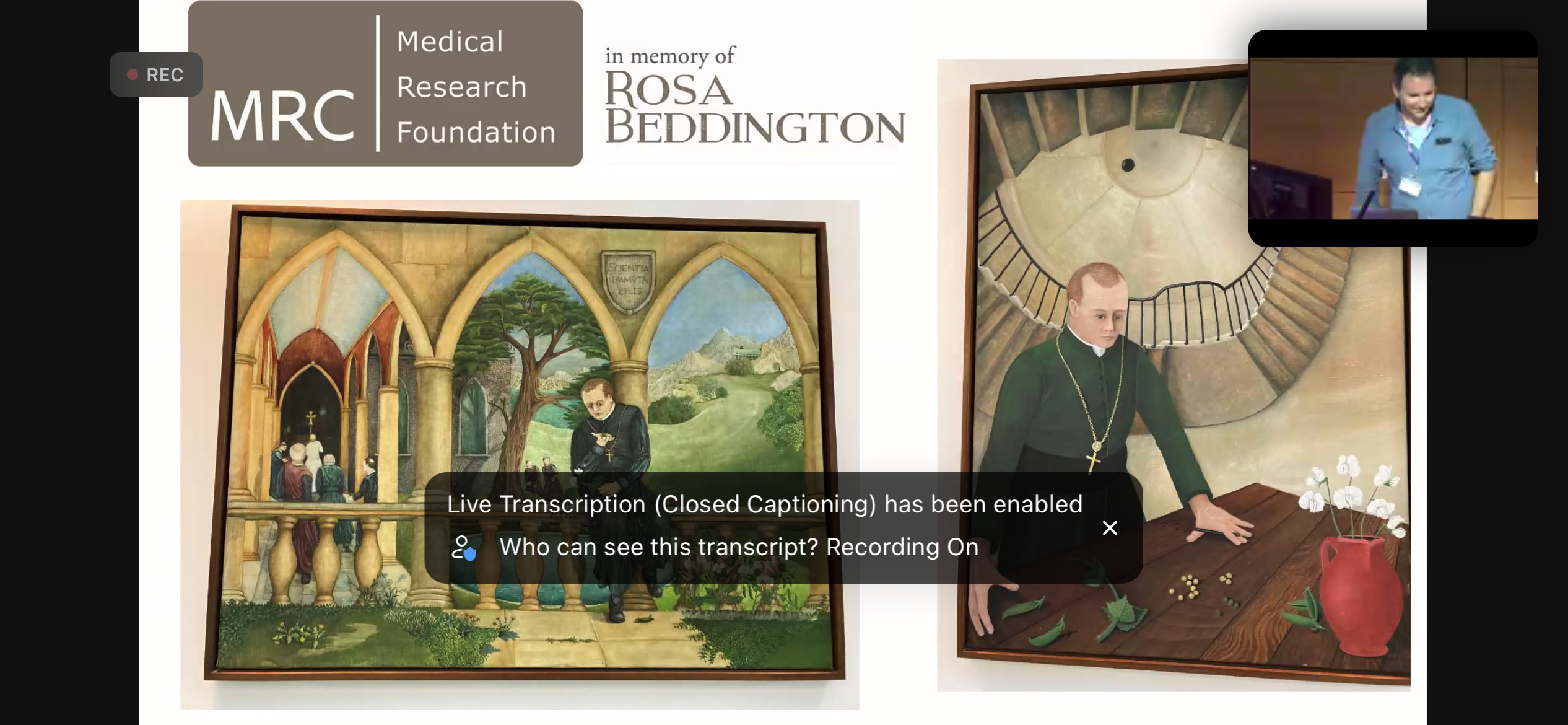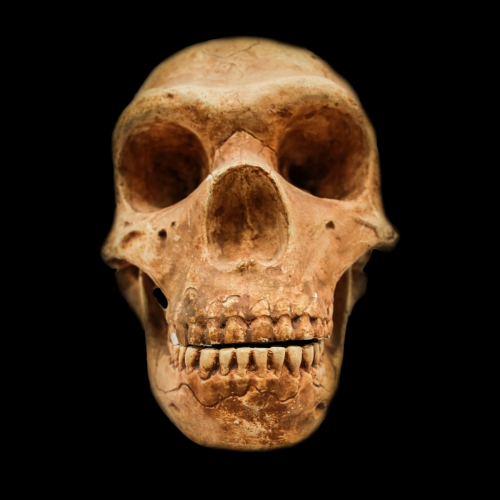Scientific Presentations: Your Guide to Not Boring Your Audience to Death
Posted by Billy Hinchen, on 28 October 2022
5 simple tips to make sure people love rather than loathe your next presentation.
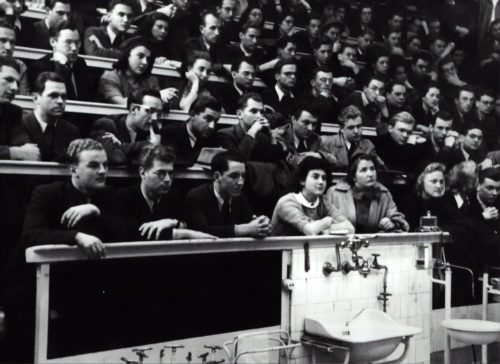
All too often you find yourself in the audience, watching a scientific presentation with a fully-scrunched grimacing face as you despair slightly at the torrent of PowerPoint slides being projected into your eyeholes.
Whether it’s the classic forty slides for a ten-minute talk, the essay being read aloud to you or the dreaded illegible yellow text, presentation disasters are everywhere.
But it doesn’t have to be like this. You can break the trend. You can be better. You just have to follow a few simple rules.
1. Tell a story
This is super clichéd, but it still seems to be rarer than a paper returned without revisions. You have to tell your audience a story. Have a clear beginning, middle and end. Don’t just rattle through every single experiment you’ve done over the past few months and bombard your audience with every shred of data: tell them a story. Bring them along for the emotional ride we all know lab work is. Research is full of ups and downs, repetitive little failures and surprise successes. Expand on those. Tell people what you were hoping for, what you ended up with and how you felt about that.
When it comes to crafting your science story, here are some helpful prompts:
- What’s the question or problem you’re addressing?
- Why should anyone care?
- What did you do to answer that question?
- Were there problems you had to overcome? How did you manage that? (People love a tale of conquered adversity)
- Got data? Awesome! What are the main findings?
- No data? Awesome? Here’s your chance to open the floor up to troubleshooting (Okay okay, I know it’s not awesome but quite often you’re going to lack data, so here’s a chance to explain what you did and I bet there’s someone who has an idea about why didn’t get the data you expected. Also, unexpected data are the basis of discovery — remember that).
- If you’ve thought about what research comes next, leave people with a taster of what you have planned. They’ll be excited by the prospect of a sequel – who doesn’t love a sequel?
- And what did you conclude from all this amazing work? Wrap it up in one slide. ONE SLIDE — YEAH YOU HEARD! ONE SINGLE SLIDE.
2. Keep it minimal
This is not your thesis — do not have a ton of text on your slides. You’ll just end up reading it aloud and the audience won’t be listening to you because they’ll either be reading the essay you slapped in front of them or on their phones tweeting about the terrible talk they’re stuck in.
Instead, have a title, a few supporting bullet points and a visual. Talk about what’s on each slide: explain graphs, images and diagrams. You know the data inside out but your audience doesn’t. So walk people through your thinking. Explain what it all means – it keeps them engaged and actively listening to you.
3. Make it pretty
This isn’t superficial: it matters. If your text changes size on every slide, your titles are in a new position every time you hit ‘next’ and your images are blurry, people will be distracted.
An aesthetically pleasing, neat and well-formatted (i.e., consistent!) presentation helps to keep people focused on what you’re saying. It also says you care about the experience of the people looking at your work.
The layout of a pretty presentation may go unnoticed, but the layout of an eye-wateringly ugly presentation is often the only thing people will see.
BONUS PRO POINTS: skip slides altogether. Everyone hates PowerPoint really, so bin it. Rise above it. Try giving your talk with just a blackboard or whiteboard. Stand in front of it. Gesticulate wildly. Draw the data you need to enhance your points. Tell your story. Own that board! This means you really need to know your stuff. But you do. Right? Be the blackboard talk person that everyone remembers.
4. Have a point
This ties in with my first rule about telling a story, but it’s worth reiterating.
What’s the point of your presentation?
Are you talking about one key new finding?
Summing up your last six months of work?
Presenting a problem that you hope to troubleshoot?
Whatever it is, make it the focus of your presentation; don’t try to do everything at once. Again, this isn’t your thesis. You want to leave people with a clear take-home message. You don’t want them coming out, scratching their heads, wondering what just happened and if they can somehow reclaim the last hour of their lives.
5. Be a human
Presentations can be daunting, but if you relax and learn to present with a little bit of personality, maybe even some humour, you’ll find they go a lot smoother.
Take your time. Take longer than you think you need.
Breathe.
Think about the points you’re making. Talk to your audience like you would a friend in the office or the lab. There’s no need to plough through a talk, eyes down, like a robot reading a script.
Get excited by your results. Get exasperated by your failures. A little bit of empathy goes a long way. You can be sure almost everyone in that audience has been through a similar experience, so sharing your feelings here gets them on board. They’ll care. And if they care, they’ll listen and remember your talk.
You might even find you actually end up enjoying it because, all of a sudden, people are enjoying your talk! You’re the expert! And you’re crushing it!
Okay, you got all that? Here’s a summary just in case:
- Tell a story with a beginning, middle and end — keep people engaged
- Only include essential info on your slides
- Make your presentation pretty and consistent
- Address one main point
- Be a human — be a friendly, potentially entertaining, human if at all possible
There you go: just a few simple rules to make sure your presentations don’t inadvertently bore people to death.
For articles about science and science writing, check out Bill’s blog at https://medium.com/@billhinchen. You can also find Bill on Twitter and LinkedIn.


 (No Ratings Yet)
(No Ratings Yet)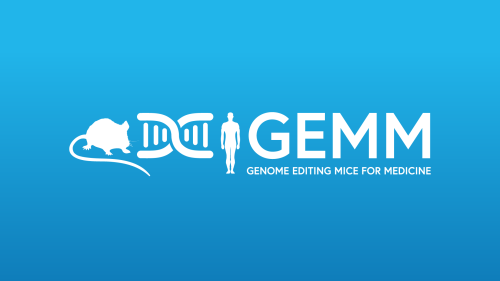
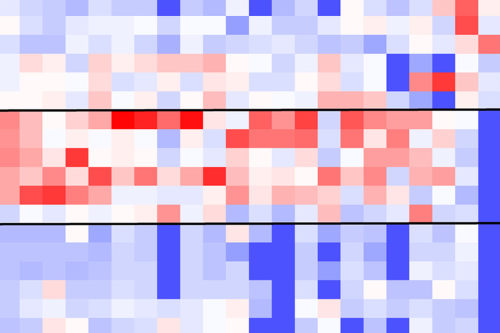
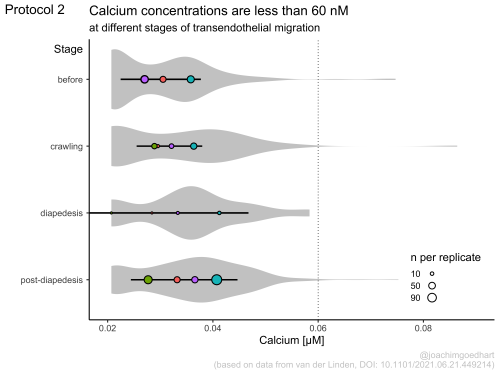
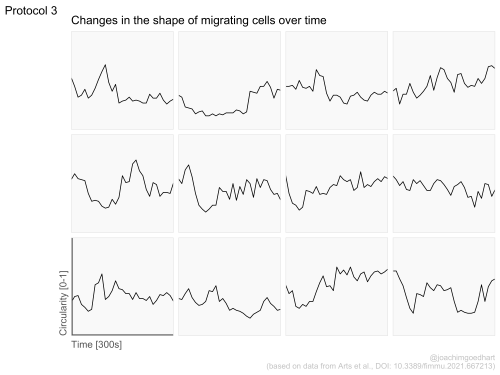
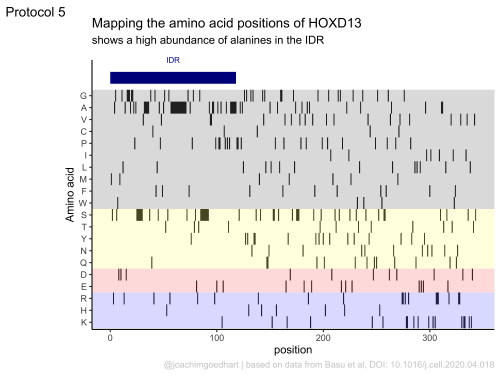
 (1 votes)
(1 votes)